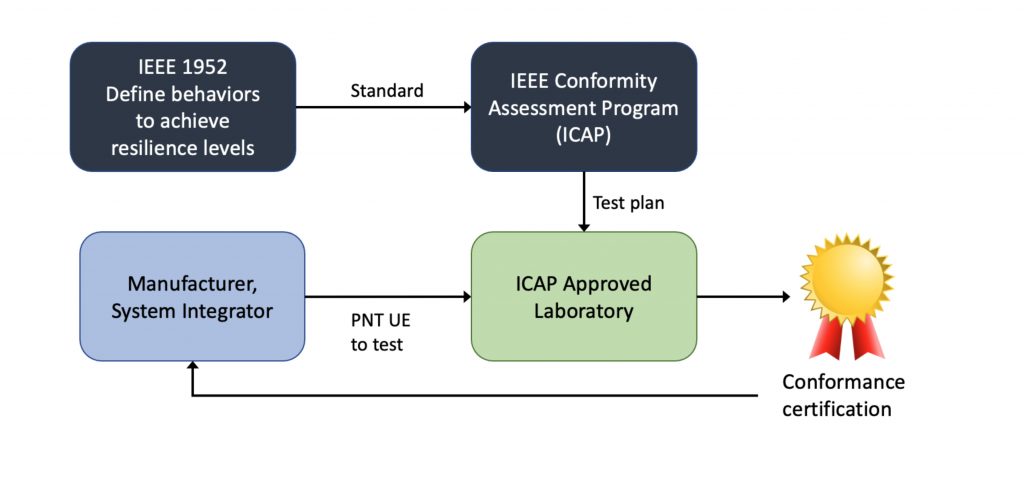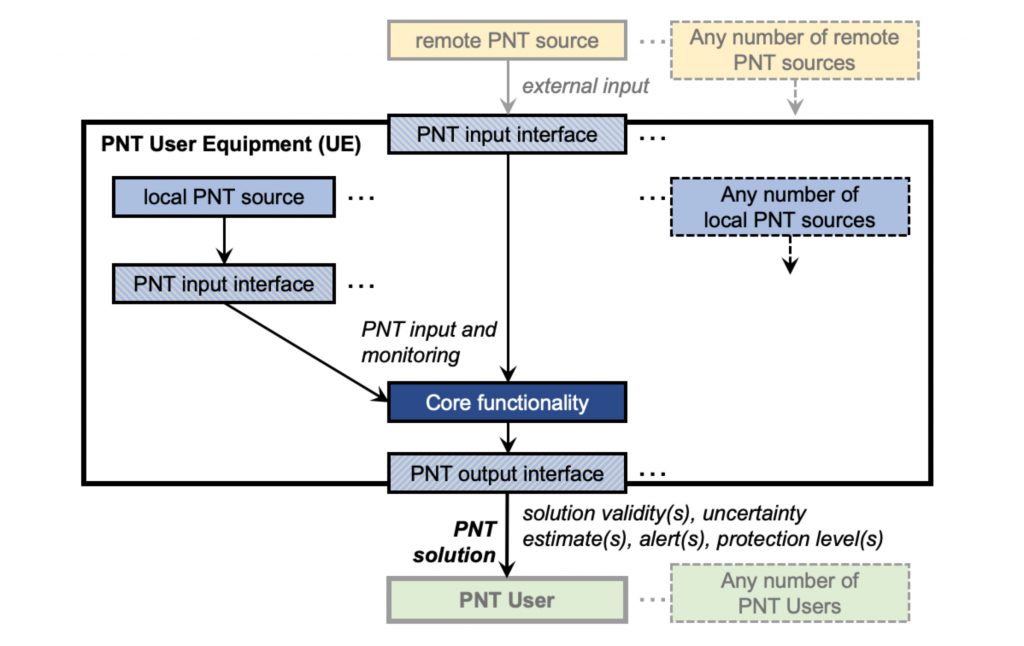Five-minute facts about packet timing
If you’ve been paying attention, and I know you have, there has been a lot of discussion lately about the fact that the critical infrastructure of the world is dependent on GNSS for position, navigation, and timing (PNT). I’m talking about everything that differentiates us from wild animals: power, communications, transportation, manufacturing, agriculture, etc. You have likely also heard that GNSS is vulnerable to jamming and spoofing. Check out the links for more on what’s going on and what you can do to protect your network.
The IEEE Standards Association has also been paying attention and has launch a standards project, P1952: Resilient Position, Navigation, and Timing User Equipment. Note that the “P” in P1952 stands for project. That is, it is still a project and not a standard yet. But I thought you might like to hear what the IEEE has in mind to help with this issue. The idea is that the standard will define behaviors required to reach different levels of resilience. That way system integrators can ask for PNT user equipment that is certified to achieve, for example, IEEE 1952 level 4. Figure 1 shows how this will work.

Once the IEEE 1952 is published, then the IEEE Conformance Assessment Program (ICAP) will create a test plan, and authorize test labs to perform the test. In practice the test plan development will begin before the standard is complete. That way the ICAP working group can point out to the standards group if anything needs to be clarified to create a pass/fail test.
The P1952 Working Group has several subgroups. One is the Use Case Subgroup. These folks are looking at the requirements for applications that rely on PNT information so that we can determine at what level of disruption the application will no longer be able to provide the services that people depend on. We quickly determined that this is an enormous task. To bound it, the Use Case Subgroup selected four sectors to investigate use cases for. Figure 2 shows critical infrastructure sectors.

The communications, energy, finance, and transportation sectors were selected to develop detailed use cases for with the hope that this will give us a broad enough set of representative use cases to base the resilience level definitions on.
The P1952 subgroups are shown in Table 1
| Use Cases | Tasks | Notes |
| Use cases | Describe PNT use cases | See Figure 1 |
| Threats, hazards, and disruptions | Identify categories of threats and hazards to PNT systems that cause equipment disruptions. | The categories should lead to a bounded but sufficient number of tests that could demonstrate that equipment is resilient |
| Resilient levels | Define resilience levels | For each resilience level, what characteristics does equipment need to have to be able to demonstrate compliance to that level |
| Systems Engineering | Analyze alignment between the outputs of the other subgroups | Define standard metrics for describing requirements and disruptions, etc |
| Editing | Put all of this into IEEE standards format | Also organize review of the document at the working group and standards association level |
At this point you were about to ask: “What counts as PNT user equipment.” Good question. PNT user equipment combines receivers of remote PNT sources (such as GNSS receivers) and/or internal PNT sources (such as holdover oscillators). This can be recursive, in that PNT user equipment intended to be a complete solution might contain several subsystems that are also PNT user equipment. This is illustrated in Figure 3.

The PNT user equipment might combine remote and internal PNT sources intelligently to result in resilient behavior. Note that PNT user equipment might be integrated in a single package or be several subsystems that communicate through a network.
To find out more, or (even better) to find out how to join the fun, go to the P1952 web page.
If you have any questions about packet timing, don’t hesitate to send me an email at doug.arnold@meinberg-usa.com, or visit our website at www.meinbergglobal.com.
If you enjoyed this post, or have any questions left, feel free to leave a comment or question below.